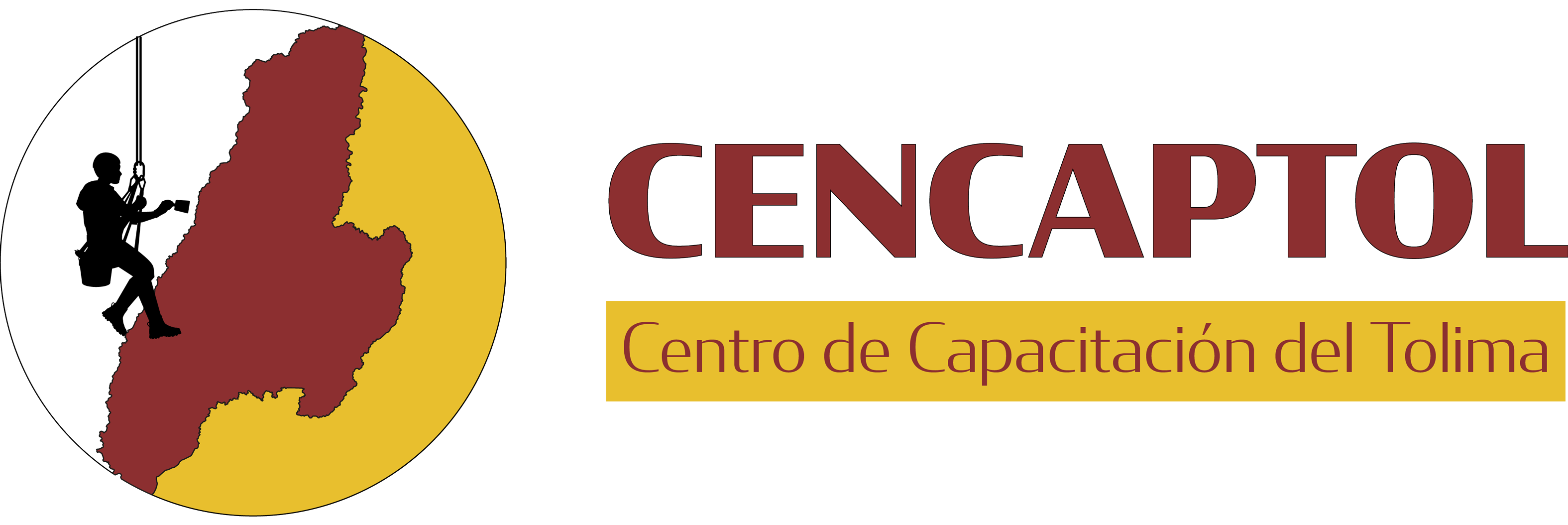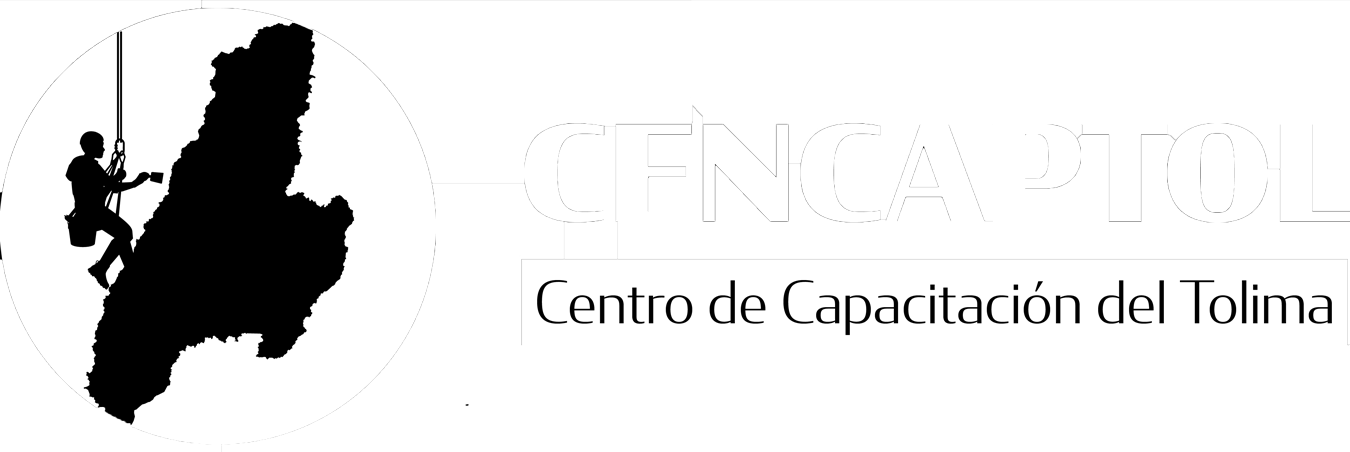Content
Today, anyone who uses a or mobile phone almost certainly uses some form of SaaS. Email, social media, and cloud file storage solutions are examples of SaaS applications people use every day in their personal lives. Popular business or enterprise SaaS solutions include Salesforce , HubSpot , Trello , Slack , and Canva . Many applications designed originally for the desktop (e.g., Adobe Creative Suite) are now available as SaaS (e.g., Adobe Creative Cloud). Compared to traditional IT, IaaS gives customers more flexibility build out computing resources as needed, and to scale them up or down in response to spikes or slow-downs in traffic. IaaS lets customers avoid the up-front expense and overhead of purchasing and maintaining its own on-premises data center.
Start-ups or smaller companies that may not have the human capital, time, or money to create and manage personalized software applications for themselves can effectively use Saas. SaaS will enable you, as a start-up, to quickly pros and cons of paas pick and choose what tools you need to use to begin to grow your business. Additionally, any short-term project would benefit from SaaS because it provides a fast, affordable, and flexible solution to many problems.
IaaS vs PaaS vs SaaS: What They Are
SaaS provides numerous advantages to employees and companies by greatly reducing the time and money spent on tedious tasks such as installing, managing, and upgrading software. This frees up plenty of time for technical staff to spend on more pressing matters and issues within the organization. PAAS is not ready to use applications while SAAS comes from third party providers as read to use applications. PAAS is hosted anywhere in the developer’s system, whereas SAAS is hosted in a remote server by the third-party provider. The cost of SAAS includes maintenance, security, and all the compliance, whereas, in PAAS, we have to pay for each service individually.
Both IaaS and PaaS are similar in that they allow the organization to leverage back-end IT infrastructure components like servers, networking, and storage resources. However, while IaaS offers IT teams more direct control over the OSs, applications, and databases, PaaS doesn’t. The primary advantage that companies can derive from SaaS is that it offloads all the infrastructure and application management to the software vendor, enabling them to focus on core operations. This is an on-demand service that enables organizations to access ready-to-use cloud-hosted applications.
This will reduce the up-front cost that startups or smaller companies will need to get their business off the ground. SaaS is also a beneficial option for applications that are not used frequently, such as tax software. Furthermore, SaaS application users will have to collect and store data themselves, while in DaaS, this happens automatically. Generally, SaaS is considered the most user-friendly service model due to its simple and easy system and the fact that it requires very little maintenance. Through PaaS, you can build and maintain new cloud-based applications for your specific business use case, from the point of development and testing to the final step of launching and updating.
Both PaaS and SaaS allow the organization to build new products on top of their existing IT environments. For example, PaaS providers host the hardware and software, allowing developers to accelerate the development and deployment of applications. This is an on-demand service that allows organizations to access cloud-hosted virtual servers, networking, and storage resources.
These can be used to build and deploy web-based software applications. This is particularly helpful for global teams that don’t work in close proximity. It still provides customers with servers and data centers to store their information , but its customer is a developer creating an app that will then be delivered over the internet to consumers. For cloud-based services, you’d typically pay a subscription instead.
PaaS
Software licensing and delivery through the SAAS model are also commonly used. Under this model, an independent software vendor may use the services of a third-party CSP such as AWS or Azure to host the application and deliver it to its users. Google Workspace, Salesforce, Cisco WebEx, Dropbox, and Jira are some examples of SaaS solutions.
SaaS is by far the most common cloud-based service, allowing companies and consumers to access cloud-based tools for everyday use. PaaS is the ideal solution if you want to create applications or software. The supplier manages the system, meaning all you need to be concerned about is the data and code you develop. Plus, as it’s in the cloud, multiple developers can work on projects at any one time. PaaS provides a platform you can use to develop, create, and launch your own cloud-based solutions and apps. The provider supplies the infrastructure and the tools you need, but you create the software.
In summary: choose the right solution for your business needs
SaaS is a software distribution framework where the CSP hosts the application and database on behalf of the customer and makes it available over the internet on a subscription basis. Unlike the PaaS framework, where in-house developers have access to the code, the CSP hosts everything — including the back-end IT infrastructure, databases, and the source code. SaaS is when a third-party service provider delivers software and applications through their own servers and infrastructure.
SaaS, or software as a service, is on-demand access to ready-to-use, cloud-hosted application software. The complexity of connecting the data stored within an onsite data center or off-premise cloud is increased, which may affect which apps and services can be adopted with the PaaS offering. Particularly when not every component of a legacy IT system is built for the cloud, integration with existing services and infrastructure may be a challenge.
- Based on the cloud computing service that the developer uses, they can select the one that fits best for them.
- Instead, it merges itself with elements that constitute underlying cloud infrastructure .
- Cloud computing services provide the speed, flexibility, and scalability that allows organizations to develop, innovate, and support IT operations.
- Cloud-based technology gives users control, flexibility, and tools that on-premise software simply cannot provide.
PaaS doesn’t deliver software over the internet, but rather a platform that developers can use to create online software and apps. IaaS products deliver storage systems, networks, and servers virtually to enterprise businesses. Organizations can access and manage their data through a dashboard and connect it to the IaaS provider’s API.
IaaS Pros
It can be a good fit for startups that don’t have the time or resources to build their own custom software. You can choose from a wide range of software solutions, from accounting and payroll software, to customer relationship management software. And, since it’s hosted on the cloud, you don’t have to worry about scalability.
However, it’s important to do your research and see which one is right for your unique requirements. Whichever option you choose, IaaS, PaaS, and SaaS all provide modern alternatives to the more traditional on-site solutions. You have to manage on-site solutions yourself and constantly check to make sure they reflect your changing needs. It ultimately depends on the type of business you run and the level of management you need. Think of IaaS as renting a house, while using an in-house solution is like owning your home outright. With IaaS, you pay a monthly rental fee and if something goes wrong, the provider is responsible for putting it right.

Our as-a-service solutions are open source and backed by our award-winning support and more than 25 years of experience and collaborative innovation. With Red Hat, you can arrange your people, processes, and technologies to build, deploy, and manage apps that are ready for the cloud—and the future. What SaaS saves you in time and maintenance, however, it could cost you in control, security, and performance, so it’s important to choose a provider you can trust. PaaS is a way that developers can create a framework to build and customize their web-based applications on.
Examples of SaaS
IaaS, or infrastructure as a service, is a cloud-based service that allows resources to be delivered to organizations virtually . IaaS tools help organizations build and manage servers, networks, operating systems, and data storage without needing to buy hardware. The cloud computing model where a third-party provider provides both software and hardware tools is called PAAS . The tools are provided and used by developers for web development. Third-party providers give applications, and these applications are made available to customers on the internet.
PaaS Pros, Cons and Use Cases
Developers can use built-in software components to create their applications, which cuts down on the amount of code they have to write themselves. Infrastructure-as-a-service, or IaaS, is a step away from on-premises infrastructure. It’s a pay-as-you-go service where a third party provides you with infrastructure services, like storage and virtualization, as you need them, via a cloud, through the internet. Obviously, the as-a-service solution a customer chooses depends first on the functionality the customer requires, and the expertise it has on staff. For example, an organization without the in-house IT expertise for configuring and operating remote servers isn’t well matched to IaaS; an organization without a development team has no need for PaaS.
Platform-as-a-Service
With PaaS, you don’t need to buy and install the necessary hardware and software components for building and maintaining the application development lifecycle. The development teams can start the core development quickly by tapping into the CSP’s PaaS, speeding up the time to market. Developers can access fully-configured environments that automate the application development lifecycle, including integration, deployment, testing, and security. Besides the essential IT infrastructure, CSPs may also provide detailed billing, security, load balancing, and storage resiliency features. Businesses can use the IaaS model to support testing and development, high-performance computing , and hosting websites, among others. Platform as a Service model facilitates a platform that allows end-users to develop, run, and manage applications without the complexity of building and maintaining the infrastructure.
Your Red Hat account gives you access to your member profile, preferences, and other services depending on your customer status. If the SaaS provider goes out of business or has issues with their service, you’ll be affected. If the PaaS provider goes out of business or has issues with their service, you’ll be affected. Companies experiencing https://globalcloudteam.com/ rapid growth like the scalability of IaaS, and they can change out specific hardware and software easily as their needs evolve. For each of these, we’ll look at the concept, benefits, and variances. We’ll also help you understand the key differences among SaaS, PaaS, and IaaS—so you can best choose one for your organization.
Software as a Service, also known as cloud application services, represents the most commonly utilized option for businesses in the cloud market. SaaS utilizes the internet to deliver applications, which are managed by a third-party vendor, to its users. A majority of SaaS applications run directly through your web browser, which means they do not require any downloads or installations on the client side. Also known as cloud application services, Software-as-a-Service is the most popular cloud service used by businesses.

